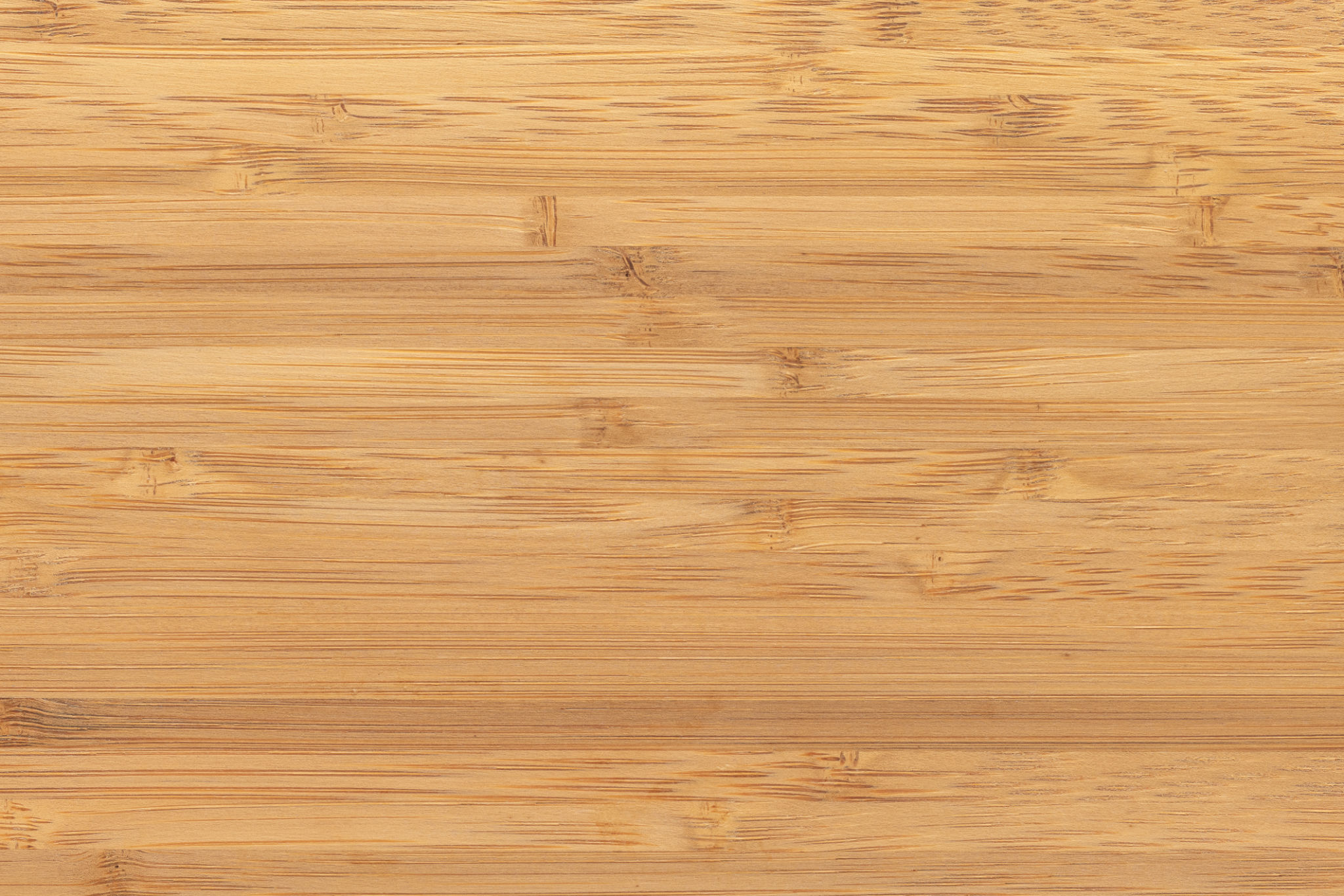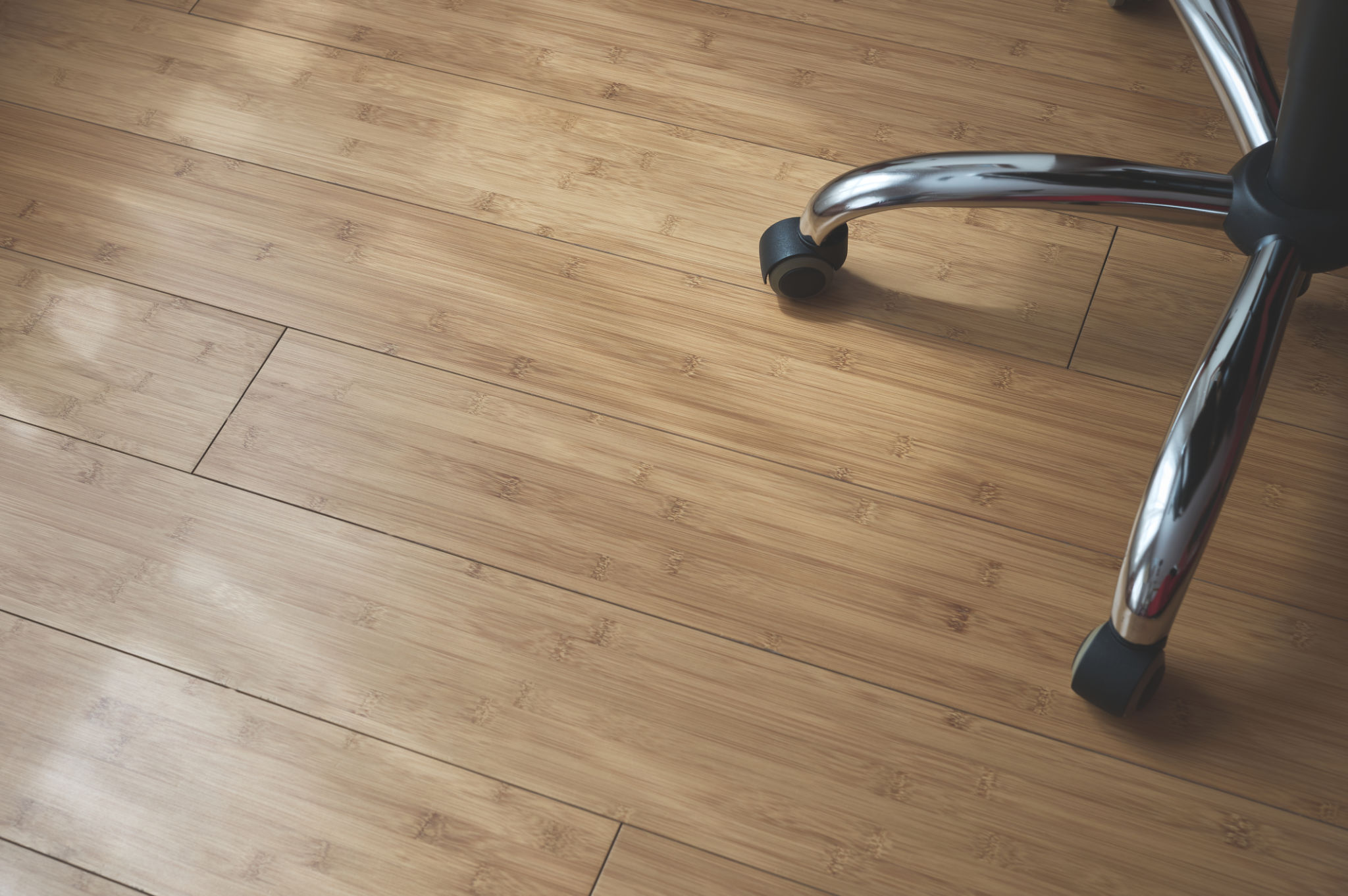The Pros and Cons of Bamboo Flooring
Understanding Bamboo Flooring
Bamboo flooring has grown in popularity due to its environmental benefits and stylish appearance. It's a sustainable option that rivals traditional hardwood in durability and aesthetics. However, like any flooring material, it comes with its own set of advantages and disadvantages.

The Advantages of Bamboo Flooring
One of the most appealing aspects of bamboo flooring is its eco-friendliness. Bamboo is a fast-growing plant, which makes it a highly renewable resource. Unlike hardwood trees, which can take decades to mature, bamboo can be harvested in just three to five years.
In addition to its sustainability, bamboo flooring is also known for its durability. It can withstand significant wear and tear, making it an excellent choice for high-traffic areas in the home. Furthermore, bamboo flooring offers a unique aesthetic appeal, with its distinctive grain patterns providing a modern and elegant look.
Variety and Cost-Effectiveness
Bamboo flooring comes in a variety of colors and styles, allowing homeowners to find the perfect match for their interior design. From natural light tones to darker stained options, the versatility of bamboo can complement any décor.
Moreover, bamboo flooring is often more cost-effective than traditional hardwood flooring. It provides a similar look and feel at a fraction of the price, making it an attractive option for budget-conscious homeowners.

The Drawbacks of Bamboo Flooring
Despite its many benefits, bamboo flooring is not without its drawbacks. One significant concern is susceptibility to moisture. Bamboo can absorb moisture, leading to warping or swelling over time if not properly maintained. It's essential to avoid installing it in areas prone to high humidity or water exposure, such as bathrooms or basements.
Another downside is the quality variation among different bamboo products. Not all bamboo flooring is created equal; some may be more prone to denting or scratching, depending on the manufacturing process and the quality of the bamboo used.
Maintenance and Care
Maintaining bamboo flooring requires regular cleaning and care to preserve its appearance and longevity. Sweeping or vacuuming regularly helps remove dirt and debris that can cause scratches. Additionally, it's important to clean up spills immediately to prevent moisture damage.
Using furniture pads can also help protect the floor from scratches caused by heavy furniture. While bamboo is generally durable, taking these precautions can significantly extend the life of your flooring.

Conclusion
In conclusion, bamboo flooring offers a range of benefits that make it an attractive option for homeowners seeking sustainable and aesthetically pleasing flooring solutions. However, it's crucial to weigh these advantages against potential downsides, such as moisture sensitivity and quality variations.
By understanding both the pros and cons of bamboo flooring, you can make an informed decision that suits your home and lifestyle. With proper care and maintenance, bamboo flooring can provide a beautiful and eco-friendly addition to your living space.
